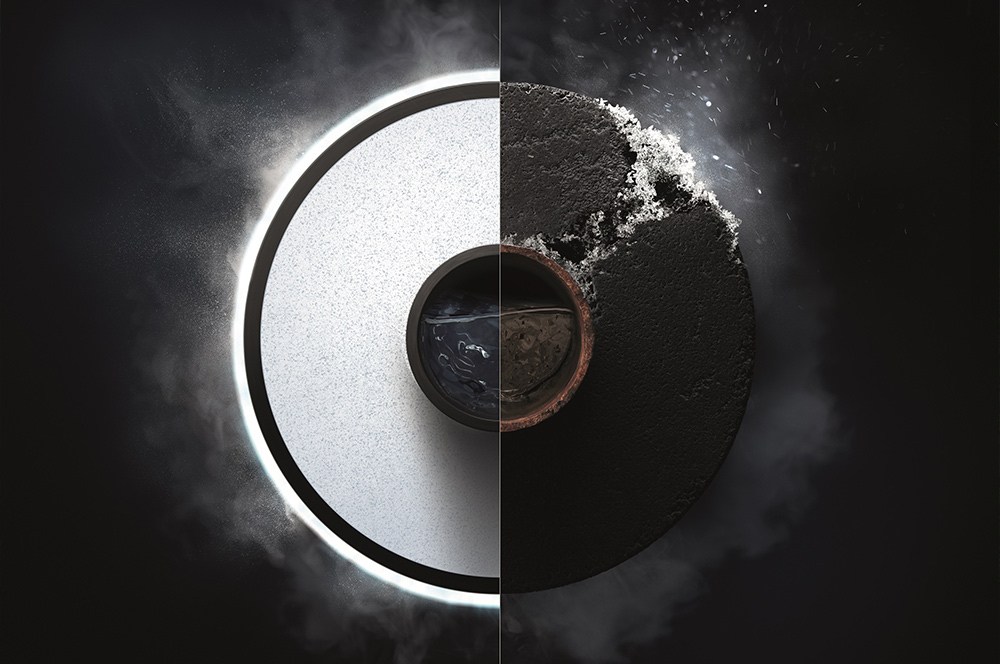he international shipping trade is under intense pressure to reduce its greenhouse gas emissions (GHG). With current levels of CO2 production at about 1 billion metric tons per year, the maritime industry has a larger carbon footprint than the entire Federal Republic of Germany. In response, the International Maritime Organization (IMO) has set an ambitious goal: a 50 percent reduction in total marine industry GHG contributions by the year 2050.
Within that overall framework, shipbuilders and their suppliers are free to experiment with a wide variety of strategies for reducing fossil fuel consumption. Energy efficiency is the order of the day, as engineers and technicians strive to lower costs and meet industry targets. In this light, the HVAC systems of passenger vessels have come under increased scrutiny.
Climate control is of obvious importance to the passenger experience. However, heating and cooling systems are energy-intensive to operate, driving higher fuel costs. These systems have also historically required extensive networks of post-insulated steel pipe, which is energy-intensive to produce, heavy to transport and vulnerable to corrosion, adding maintenance costs to fuel expenses. It thus seems well worth investigating the alternative of using plastic piping solutions, which are corrosion-free and far lighter.
In 2021, a plastic piping manufacturer combined forces with a shipbuilding firm to test the theory that the choice of polyethylene for shipboard HVAC piping could improve energy efficiency for passenger vessels. Results indicated that as one element in an overall optimization strategy, polyethylene can make a meaningful contribution to sustainability at sea.


A baseline system of post-insulated steel was compared to a specific alternative product made of pre-insulated polyethylene. The expected electrical power draw of the two systems was then calculated under various operating conditions.
Results showed reduced energy use in the polyethylene scenario, whether the pump was assumed to be operating at full speed (constant flow) or whether it was assumed to be running at variable speeds in response to demand (variable flow). For example, under the variable flow assumption, total power draw would be 60 kilowatts less for the system made of polyethylene. The polyethylene system also operated at a lower pressure and caused less temperature rise.
The use of pre-insulated plastic piping would thus be expected to reduce greenhouse gas emissions for the same ship by up to 373.7 tons per year. This figure was calculated using a “well-to-wake” analysis that considers the entire lifecycle of LNG and MGO fuels. The GHG total includes not only carbon dioxide but also nitrogen oxide, sulphur oxide and particulate matter. To put the amount in perspective, this tonnage is equivalent in size to two full-grown blue whales or 94 Asian elephants.
Overall, this degree of reduction in GHG emissions would also create small but measurable changes in key indicators of climate impact used by the IMO, the Energy Efficiency Existing Ship Index (EEXI) and the Carbon Intensity Indicator (CII).

Meanwhile, steel piping also carries higher maintenance costs. Corrosion is a perennial concern, and steel piping systems are commonly post-insulated with rubber-based foam. Human error can damage the foam in the insulation process and gaps can allow condensation or even ice to form between the pipe and the insulation.
By contrast, pre-insulated plastic piping is corrosion-free and maintenance-free. When this differential in maintenance costs is also considered, polyethylene would save that same cruise ship closer to US$4 million over the same time span.

In this context, it may be tempting to focus on seeking the next paradigm shift, some not-yet-envisioned form of green technology that will drastically reduce emissions in one single, straightforward step. But while efforts in that direction go forward, the need to make progress is pressing now. In this regard, materials specialists have much to contribute, if changing the composition of even one system in a complex vessel can have the impact demonstrated here. The scale of the current problem means that even an improvement of many tons in GHG emissions will sound paltry when expressed as a percentage. But combined with many other such meaningful changes, the potential of lighter, maintenance-free and recyclable materials such as polyethylene to make shipping more sustainable is impressive indeed.